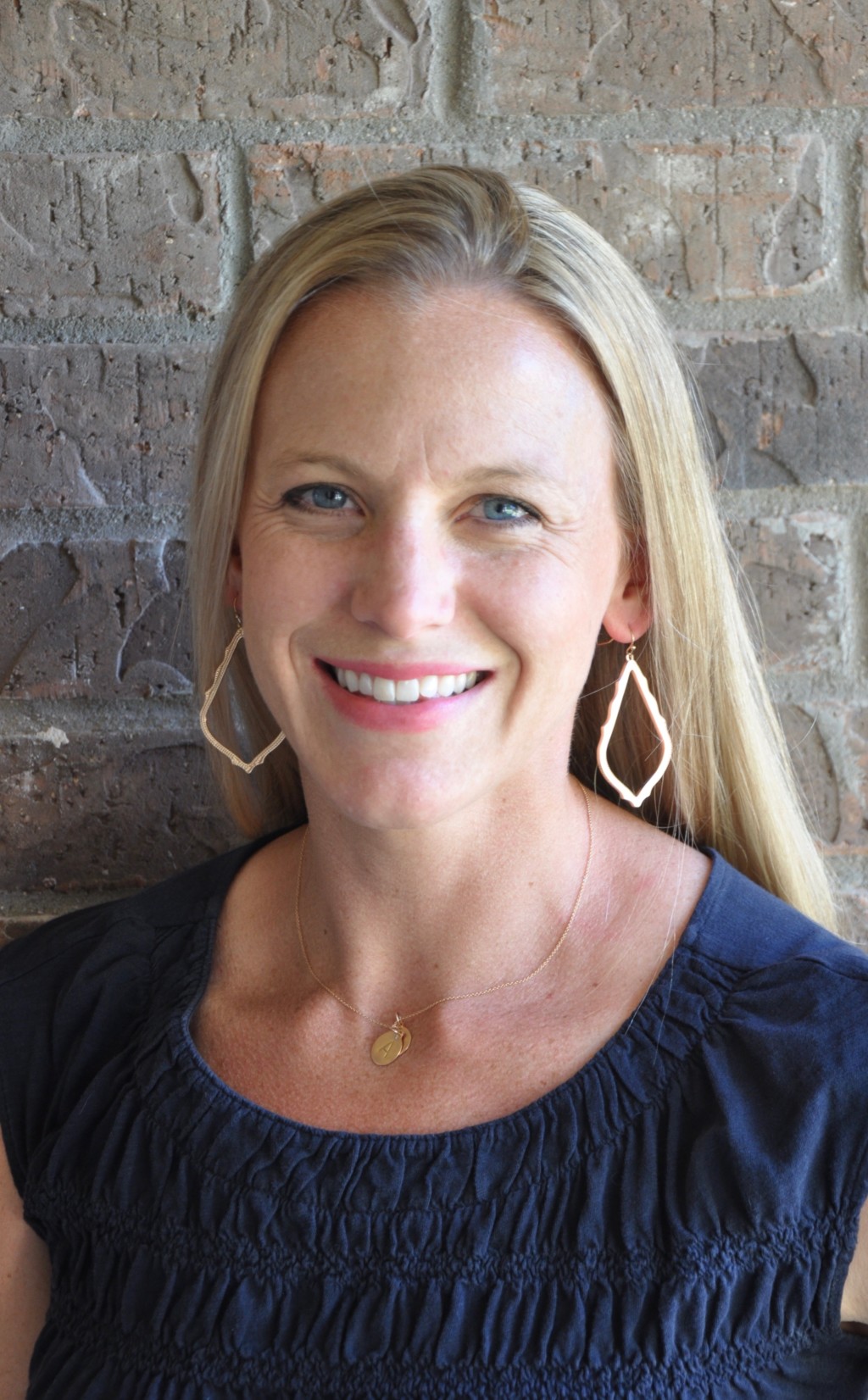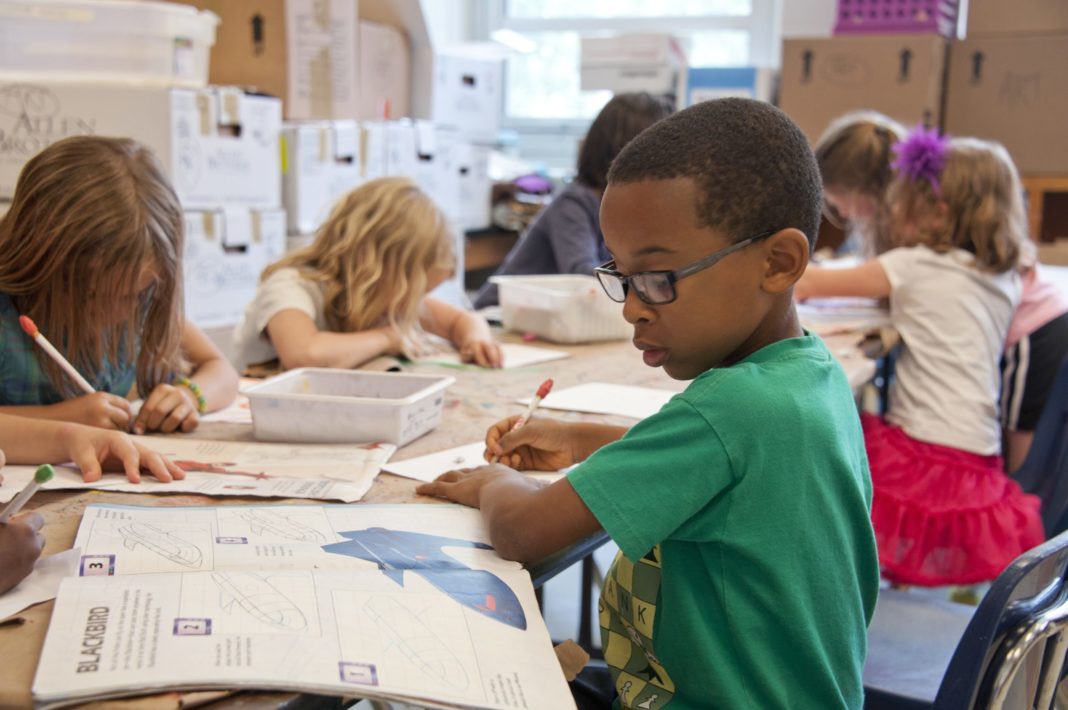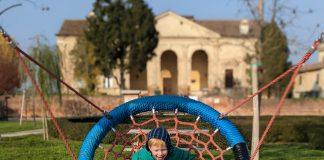To Whom It May Concern:
As the mother of two elementary-aged children, the decision of whether or not to reopen schools this fall and how that will look is a great source of anxiety for myself during this unprecedented time. When our schools were closed for the remainder of the school year back in March, teachers rushed to create online platforms for learning. The goal was to “flatten the curve” of COVID-19 and not overrun the hospital systems. I believe that it is fair to say that we have successfully done what we sought to do.

As states begin to slowly re-open, taking necessary precautions to now “slow the spread” of this virus, I can’t help but feel that we are at a precipice. We run the risk of creating deeper divides among our communities at the expense of our children if we choose to either not open schools at all or to create altered schedules with alternative measures in place to avoid exposure (i.e. to use Plexiglas cubicles without any social interaction or recess).
We cannot make decisions about returning to school based on the spread of a single virus. We need to look at the bigger picture and the impact that keeping our children out of schools will make on them.
We cannot operate under the assumption that every child comes from a two-parent home, with one stay at home parent and all resources readily available and accessible to them. Not returning to school even remotely as it was before March 2020 is only possible for the most privileged in our society.
Children need to be in school for so many reasons beyond education.
The youngest children do not yet possess the intellect to understand exactly what is going on in the world right now. They don’t have the words for their emotions of missing their teachers and friends or why everything is closed and canceled. Teenagers are already going through some of the biggest changes in their lives, and we’re leaving them to shutter inside with only a computer and/or a phone to interact with their peers.

Learning this new world AMONG their peers is so important for their emotional, mental, and social health. Children need to learn to socialize, take turns, explore free play, and be exposed to others of different backgrounds and walks of life. They need to engage in activities aside from reading, writing, and arithmetic. They need art, music, PE, and the library. Our older students need classes like choir, band, and athletics. Our children need things that are not inherently available to them at home.
And how are we best serving our students with special needs or those with learning disabilities? How are we reaching students whose learning styles are not screen-based but are tactile and hands-on? Do we let those children slip further and further behind simply because we won’t allow them to learn in an environment conducive to their individual needs and learning styles?
I absolutely applaud our school district and how they handled the sudden closures of schools. They mobilized mass disbursement of information and materials to make it through the end of the school year. Teachers and administrators truly went above and beyond to make the most of a bad situation. But the reality is that they put a Band-Aid on it. That situation is simply not sustainable for anyone involved.
Have you considered each student in your districts’ unique home situation? I myself am privileged in that my children come from a supportive, two-parent household. My spouse and I both work outside the home and can afford the added
expense of additional childcare while they learn from home. We can provide them with that they need to learn in that environment.
But so many students do not have this luxury.
There are students in your district that come from broken, abusive homes. Homes that were not stable before the world shut down and forced everyone to stay at home. There are students in your district whose home life has only been made worse by being at home. School is their sanctuary. School may be the only place where they feel safe.
There are also students in your district that come from single-parent homes. Those parents have to work and do not have the luxury of staying home. Those same parents rely on the school and cannot incur additional childcare expenses.
There are students in your district that live below the poverty line. They have one or two working parents struggling to make ends meet. They rely on the free breakfast and lunch program. They also rely on the school to teach their children, not themselves.
Assuming every student has a stay at home parent or caregiver only highlights the wealth inequality among your students. Where will the less privileged families get the money to pay for added childcare costs or additional resources to keep their child from falling behind? There are likely parents in your district that do not even care about their child’s education.
Our children deserve better than online school or anything that looks less than a typical classroom come fall. We owe it to them to fix what was broken before this. We need to create better and more rigorous cleaning routines; to equip our classrooms and teachers with the tools necessary to create clean, safe, and sanitary environments; to create the most conducive and safe environment to learning.
Hold parents accountable for keeping their sick or “under the weather” child at home. If any good comes out of this global pandemic, it will be the realization that many people knowingly spread this virus out of fear of losing their job or income by calling in sick. Employers have already made great strides to improve paid sick leave. Screen students in the morning and enforce hand hygiene. Do all the things that we should have been doing this whole time to prevent the spread of ANY illness, but do not take away the many benefits that school offers them beyond education because of ONE illness.
At the end of the day, parents, as well as teachers, should have a CHOICE in this decision.
Parents that do not wish to send their children back to school and can afford that option should be allowed to with the necessary learning resources made available to them (if they do not wish to fully homeschool independently). Parents that work, can not afford added child care expenses, or do not have the means to properly teach their children from home should be given the option to send their children to school. On the other side, teachers should also feel safe and protected in their jobs and should be given the option to not return as well if uncomfortable. With 80% of property taxes going directly to public schools, surely we can come up with a plan that keeps everyone and every situation in mind, and not just one virus.
Thank you for your time and thoughtful consideration of the return of school this fall.
Sincerely,
A Concerned Parent of School-Aged Children.
 Michelle is a native Texan who married her college sweetheart. They have a son, a daughter, and two dogs. Her husband has been in the United States Air Force for 13 years, and they are currently stationed at NAS Whidbey Island in Oak Harbor, Washington. She is a doctor of occupational therapy and a certified hand therapist as well as an adjunct professor at Abilene Christian University. Michelle is an outdoor enthusiast, lover of college football, avid runner, self-proclaimed foodie, and minor league wine connoisseur. She believes that any problem in life can be solved through a good laugh, a good cry, a good sleep, or a good glass of wine.
Michelle is a native Texan who married her college sweetheart. They have a son, a daughter, and two dogs. Her husband has been in the United States Air Force for 13 years, and they are currently stationed at NAS Whidbey Island in Oak Harbor, Washington. She is a doctor of occupational therapy and a certified hand therapist as well as an adjunct professor at Abilene Christian University. Michelle is an outdoor enthusiast, lover of college football, avid runner, self-proclaimed foodie, and minor league wine connoisseur. She believes that any problem in life can be solved through a good laugh, a good cry, a good sleep, or a good glass of wine.











